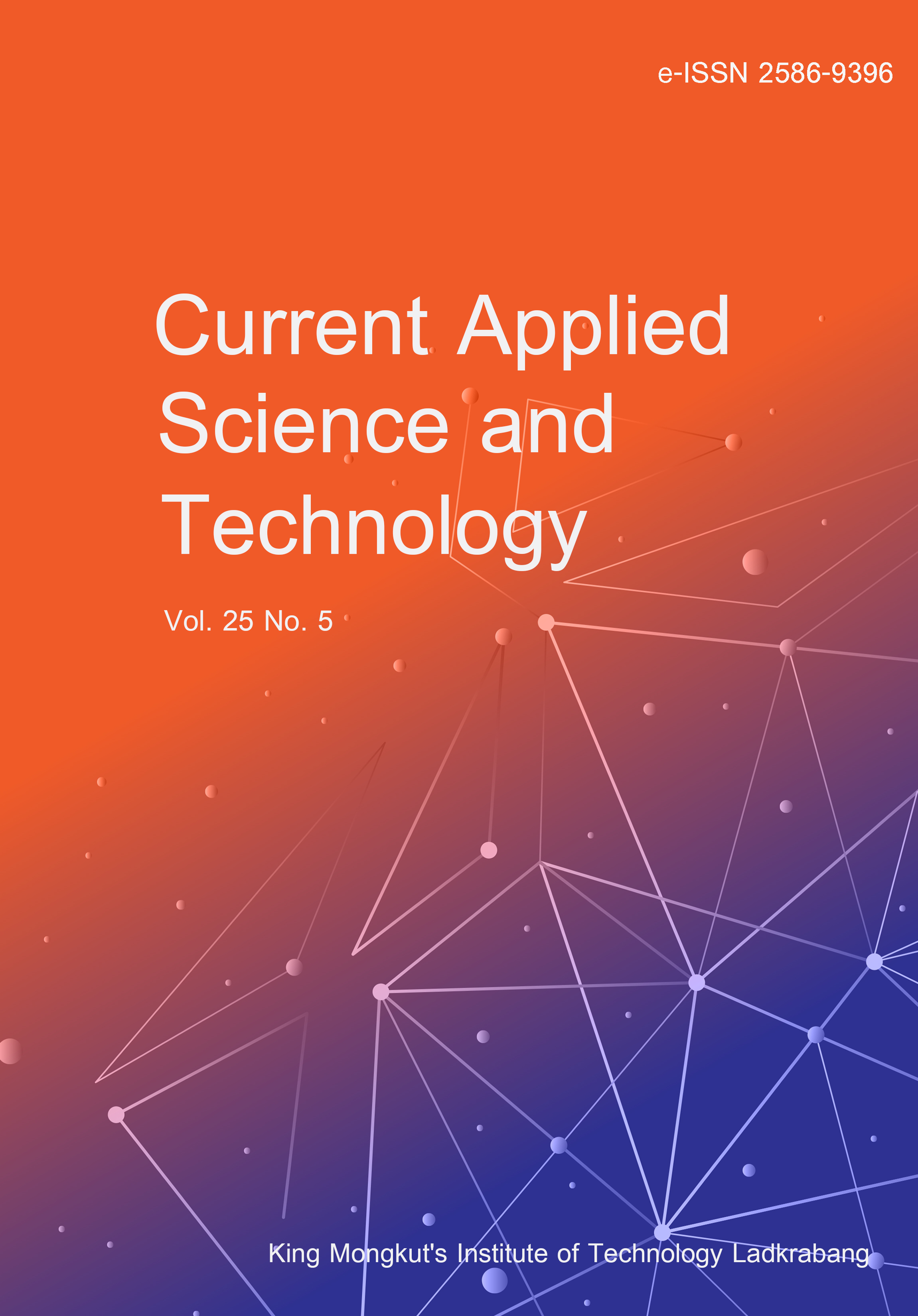A major target for the treatment of Alzheimer’s disease (AD) is the inhibition of acetylcholinesterase (AChE) activity to reduce acetylcholine (ACh) hydrolysis. Inflammation is believed to play a role in AD progression. The present study is the first to report the anti-inflammatory and anti-AChE effects of ethyl acetate extracts from the leaves of Stichoneuron calcicola Inthachub, an endangered plant species. The anti-inflammatory activity was determined using nitric oxide (NO) inhibitory assay in LPS-activated RAW 264.7 macrophages. AChE inhibition activity was measured by using a modification of Ellman’s method. The results revealed that the plant extract showed strong potential anti-inflammatory activity with an IC50 value of 4.48±0.04 mg/mL. The plant extract also presented anti-AChE capacity, with an IC50 value of 60.3±0.7 mg/mL. Furthermore, cell viability study using MTT assay revealed that the extract was not cytotoxic to RAW 264.7 cells at concentrations of 1-30 µg/mL. The findings indicate that S. calcicola Inthachub exhibited high potential effects on inflammation and AChE, which may be related to the high content of phenolic compounds and alkaloids in the plant. This endangered plant species could be a high-value medicinal plant and of great medical importance in the development of novel effective drugs for treating and preventing the progression of AD.
Khwanmunee, J. ., & Butsuri, A. . (2025). Stichoneuron calcicola Inthachub, A Potential Source of Acetylcholinesterase Inhibitor and Anti-Inflammatory. CURRENT APPLIED SCIENCE AND TECHNOLOGY, e0264122. https://doi.org/10.55003/cast.2025.264122

